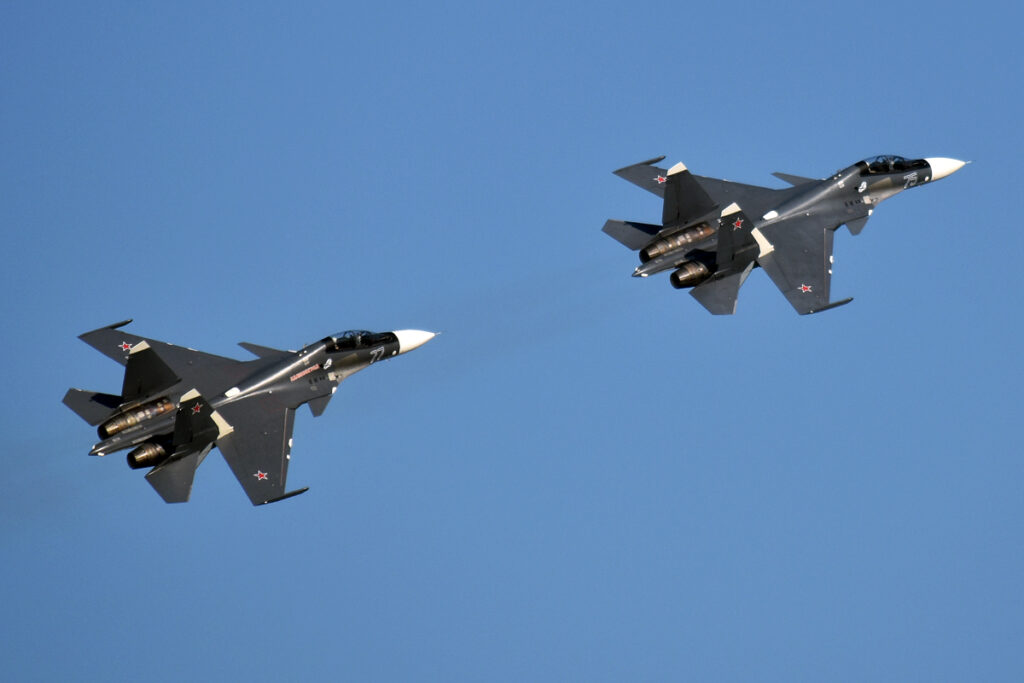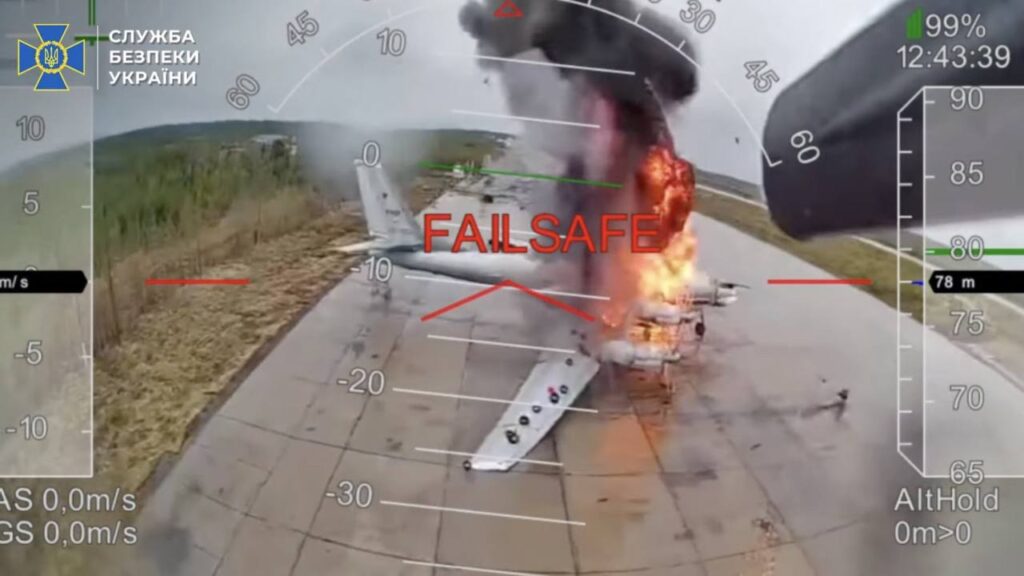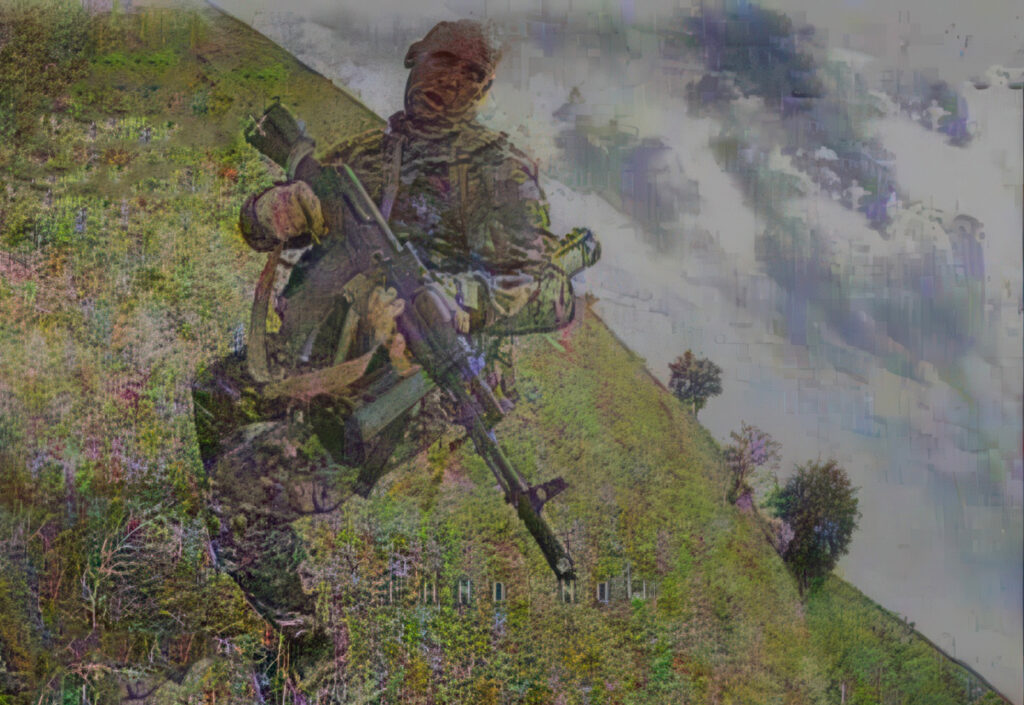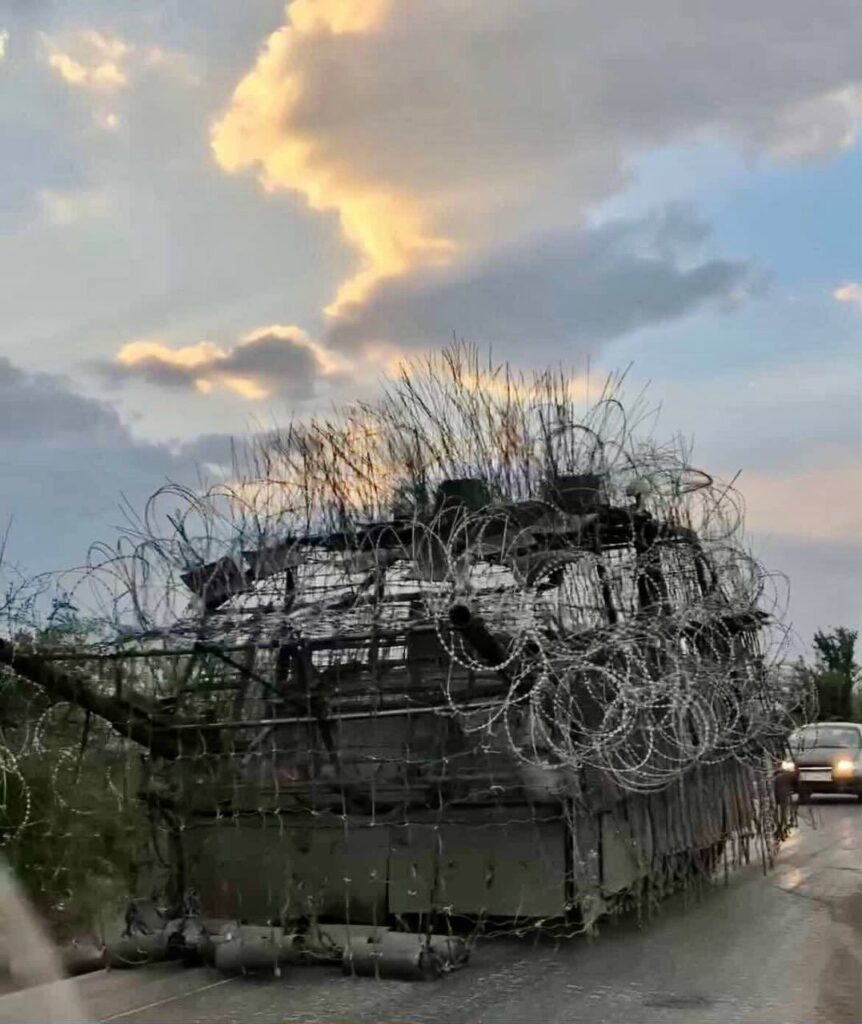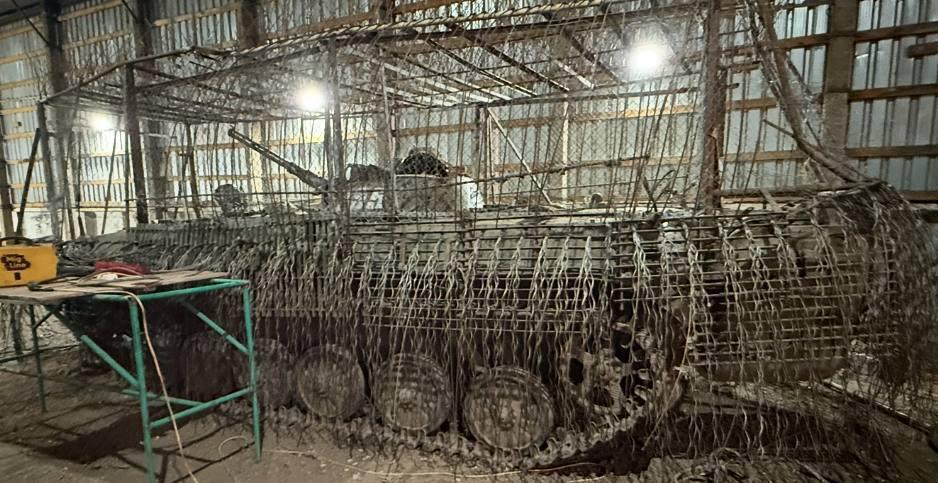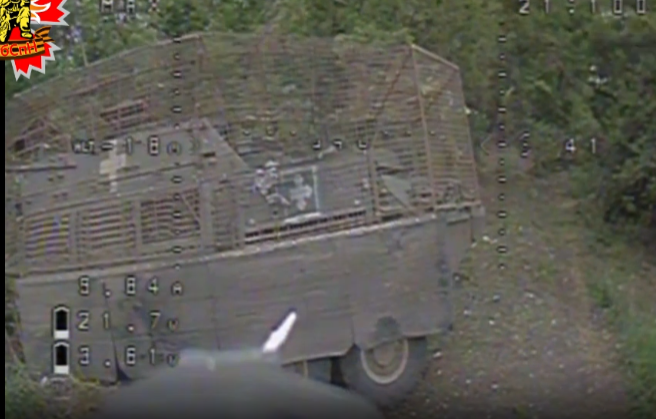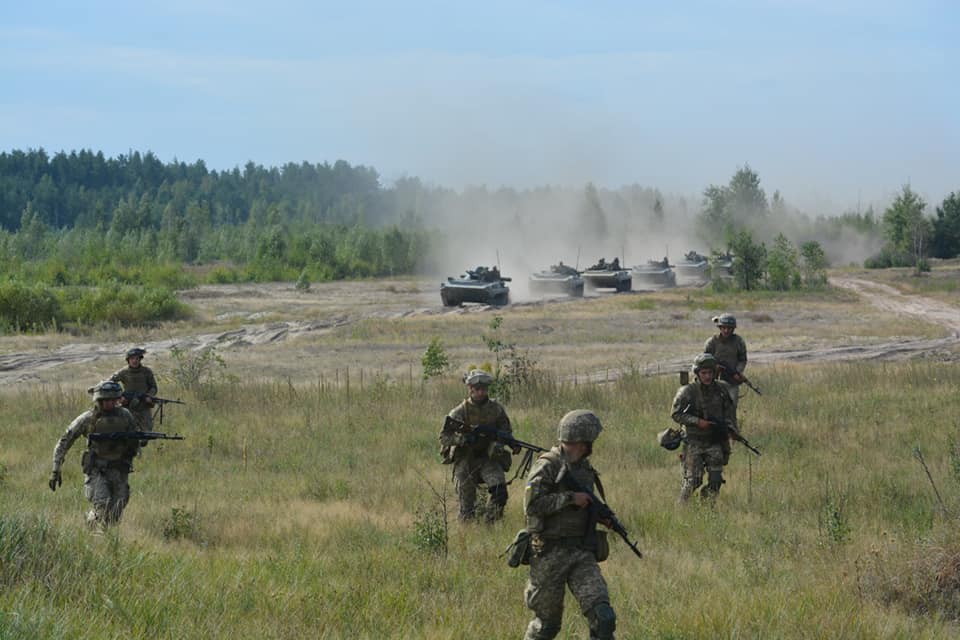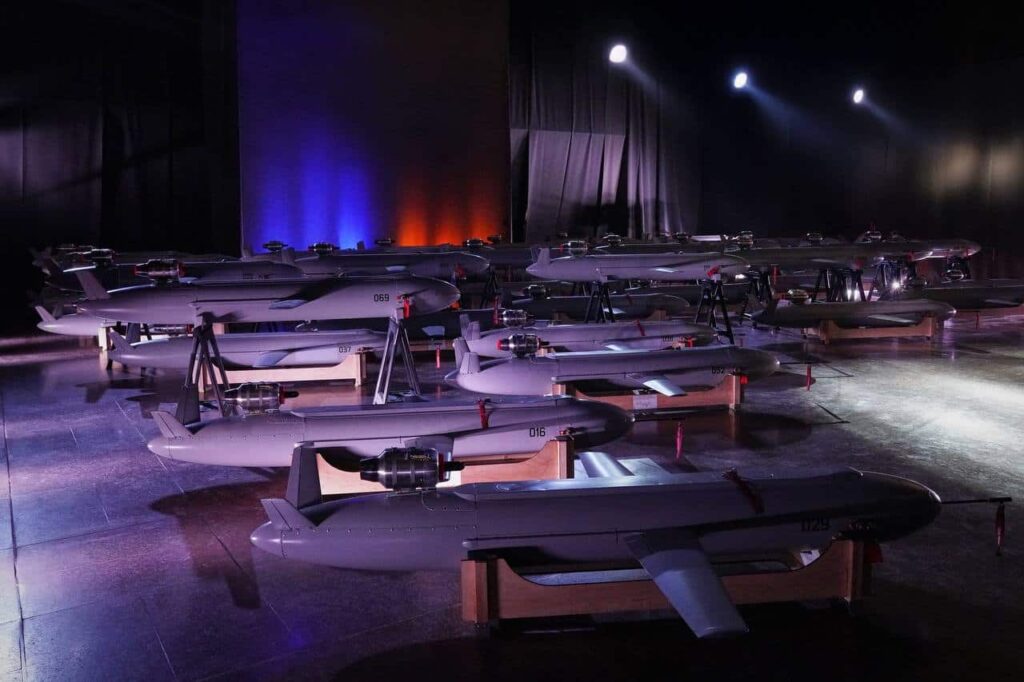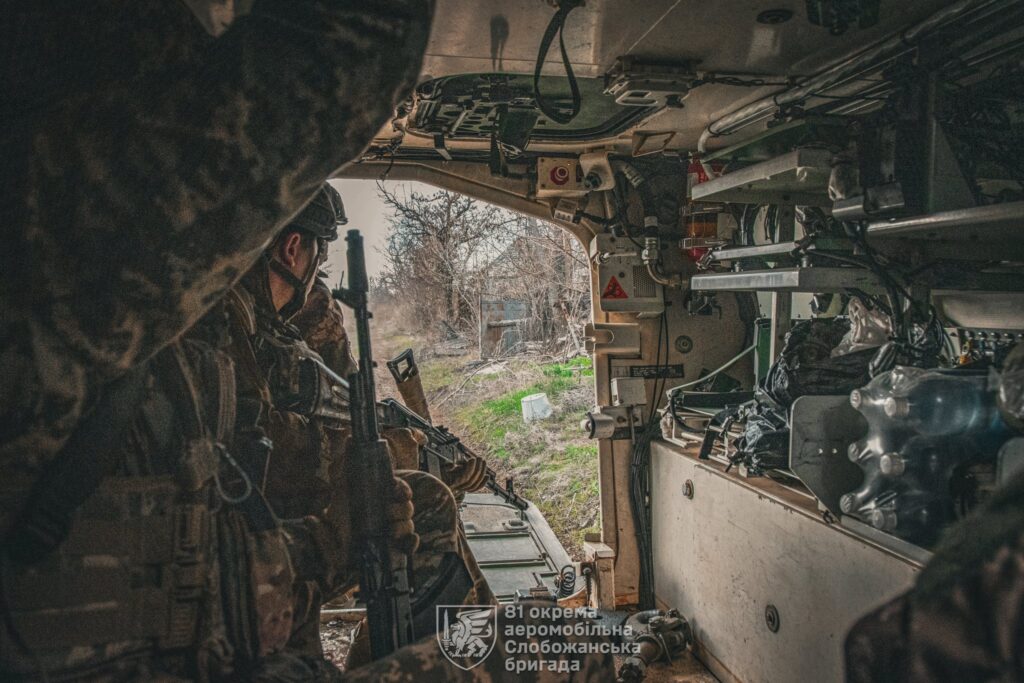How did Russians sneak into Kupiansk—and run right into a Ukrainian tank?
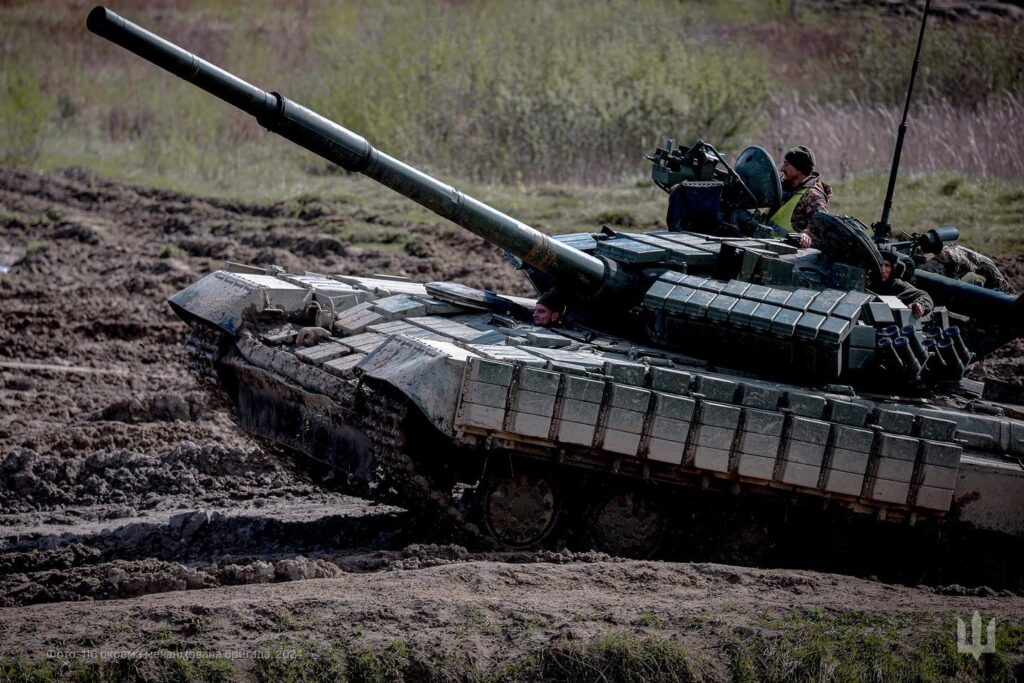
Russian infantry slipped past Ukrainian defenses around the city of Kupiansk, in Kharkiv Oblast, on or before Tuesday. A Ukrainian tank, presumably from the 116th Mechanized Brigade, rolled right up to the half-demolished building the Russians were sheltering in—and blasted them at point-blank range.
It’s the latest instance of Ukrainian tanks engaging, and defeating, under-supported Russian infantry in a close fight. But it’s an ominous development for Ukraine. The brutal, zero-distance skirmish took place in Kupiansk, a town with a pre-war population of 25,000 and a key strongpoint anchoring Ukrainian defenses just 90 km east of Kharkiv and its millions of residents.
Russian infantry weren’t supposed to appear inside Kupiansk, some 6 km from what most mappers consider the “front line” in Kharkiv Oblast.
The problem, of course, is that the front isn’t really a line anymore. “The reality is that there isn’t a coherent front line,” American analyst Andrew Perpetua explained.
Instead, there’s a wide no-man’s land between areas of clear Russian and Ukrainian control. That no-man’s-land is largely depopulated except for scattered—and carefully concealed—underground fighting positions for a few harried infantry.
Drones are everywhere all the time. Indeed, the drones—their relentless surveillance and attacks—are why the infantry are so spread out and scared. And why the front line is so indistinct.
This new reality defies the traditional language of wartime reporting. Terms like “front line,” “encirclement” and “breakthrough” have largely lost their meaning. Especially considering Ukraine’s desperate manpower shortage. Kyiv’s roughly 130 combat brigades may be short around 100,000 trained infantry.
Thin front line
“The front line is so thinned out that full-scale encirclements in the traditional sense are unlikely to occur again,” the pro-Ukraine Conflict Intelligence Team observed. “Instead, the opposing forces are more likely to ‘slip’ through each other’s positions.”
“The front line is actually relatively porous, and there are often fewer than 10 soldiers defending every kilometer of the front, depending on the terrain,” noted analyst Rob Lee from the Foreign Policy Research Institute in Philadelphia. “Many Ukrainian brigades have adopted a different approach to defense where their infantry deliberately try to avoid engaging.”
Instead of actively fighting, the infantry watch for approaching Russians—and relay the coordinates to nearby drone teams. Where in previous conflicts, drones spotted targets for the infantry, in this conflict the roles are reversed.
The porous front line makes infiltration easier and exploitation harder. To “advance,” Russian regiments can “take two men dressed in cloaks to hide their thermal signature,” Perpetua explained. “They are led by a drone through a specified path, the drone ensuring their security and camouflage.”
“These infantry move up into positions and lie in wait, being resupplied by Molniya [drones],” Perpetua added. “They ambush opportunistically, and kill anyone—namely civilians—who threaten to give away their position.”
“Russia then moves up another pair and another pair and another pair to accumulate forces in exacting, specified positions,” Perpetua wrote. “The entire operation is directed from above, the people involved have no initiative. In some cases, once a route has enough of these small rifle teams, they push forward a larger group of light infantry.”
That Ukrainian tank may have interrupted the Russians in Kupiansk before they could accumulate enough troops secure a lodgement. “Ukrainian defense forces defending in the city have counterattacked the enemy that had penetrated the area several times and pushed the enemy back,” the Ukrainian Center for Defense Strategies reported.
But the Russians have been probing Kupiansk for a while now—and they’re sure to continue as they leverage their manpower advantage over Ukraine’s depleted brigades. “Provided current dynamics of combat operations are maintained, the enemy will be able to capture Pokrovsk by autumn, Kostyantynivka and Kupiansk by the end of the year,” CDS predicted.
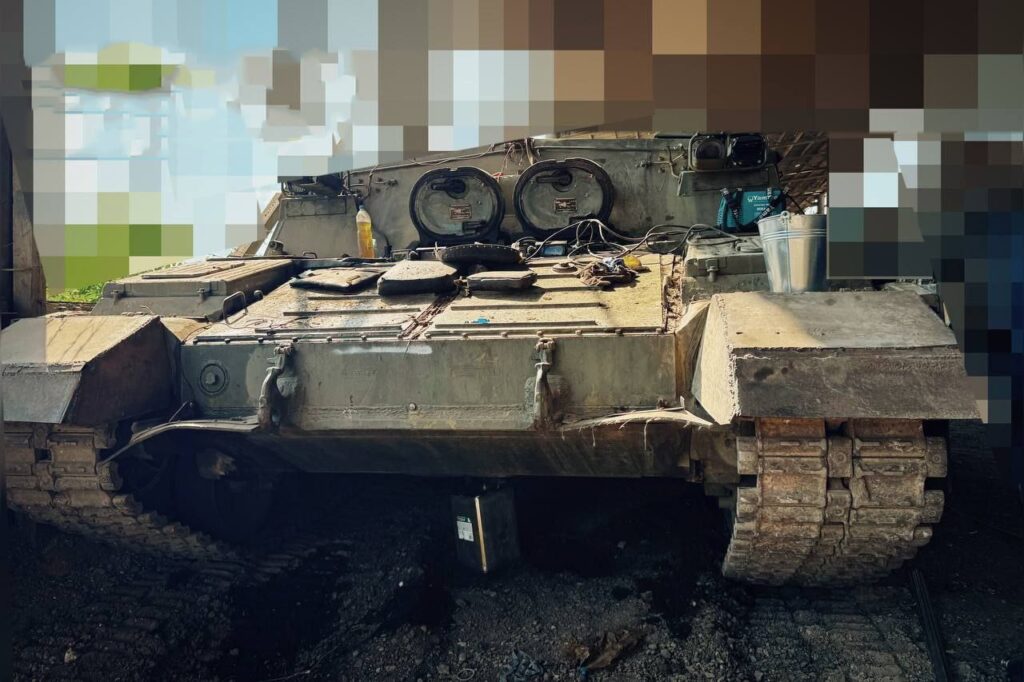
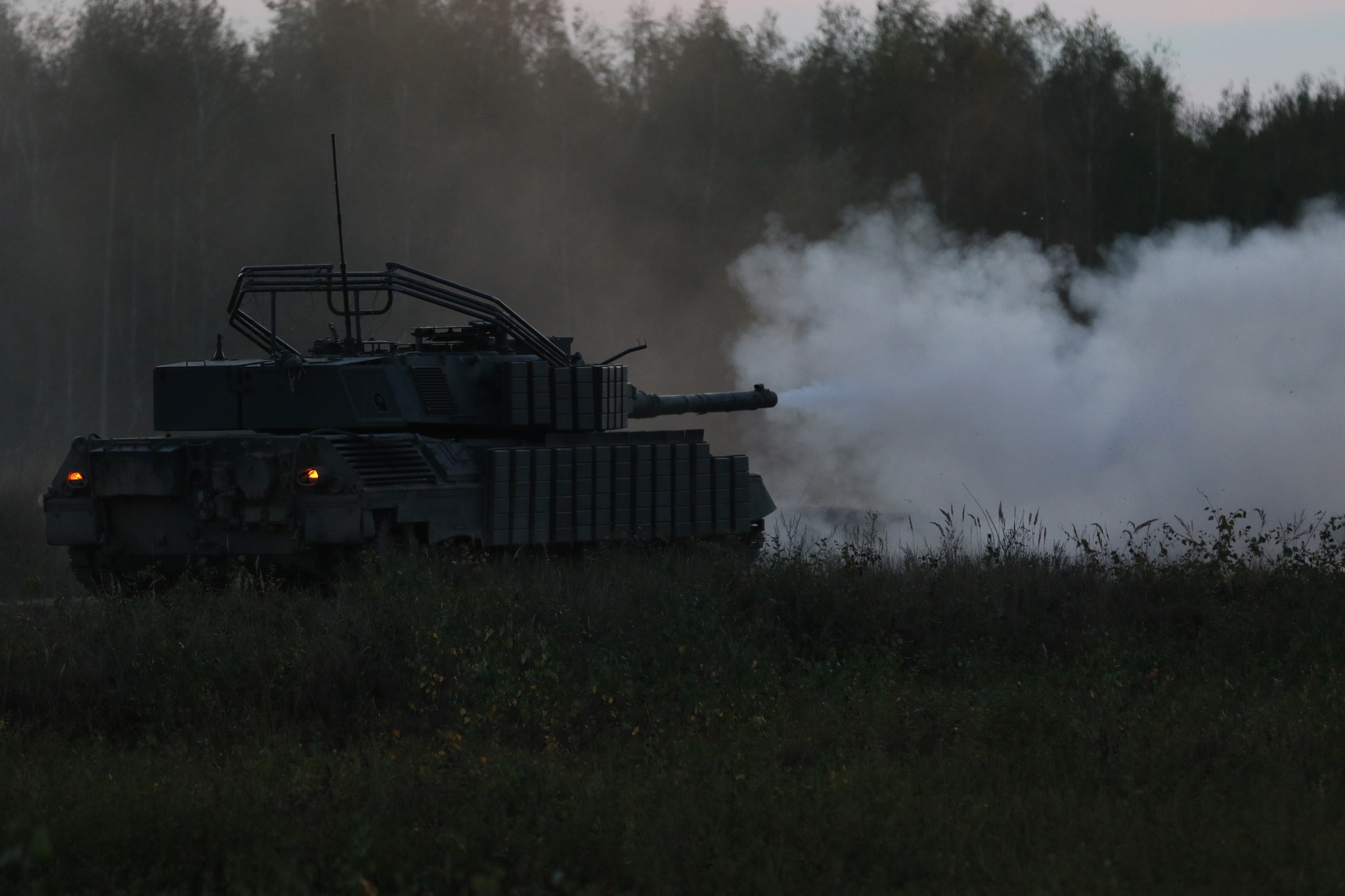


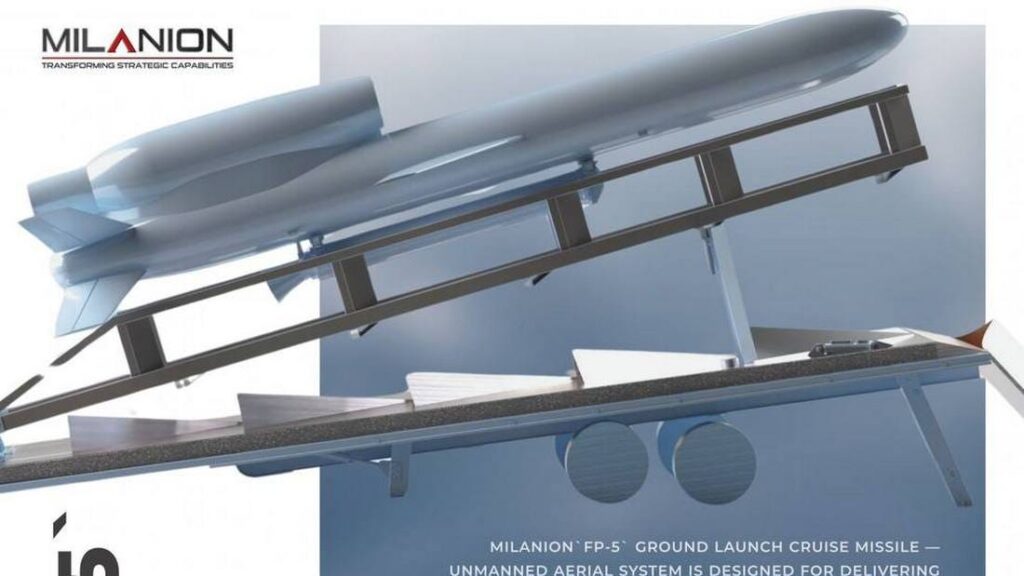
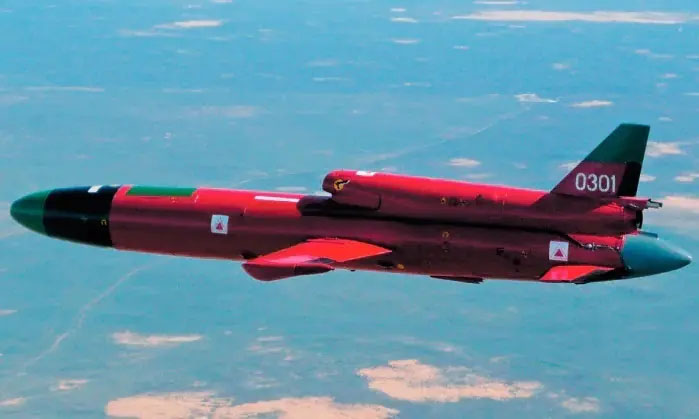
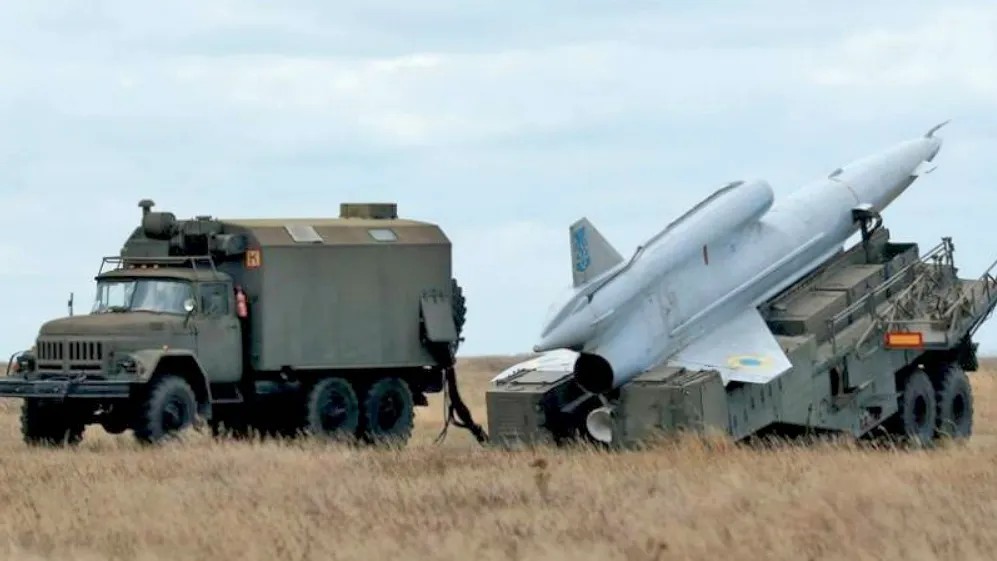



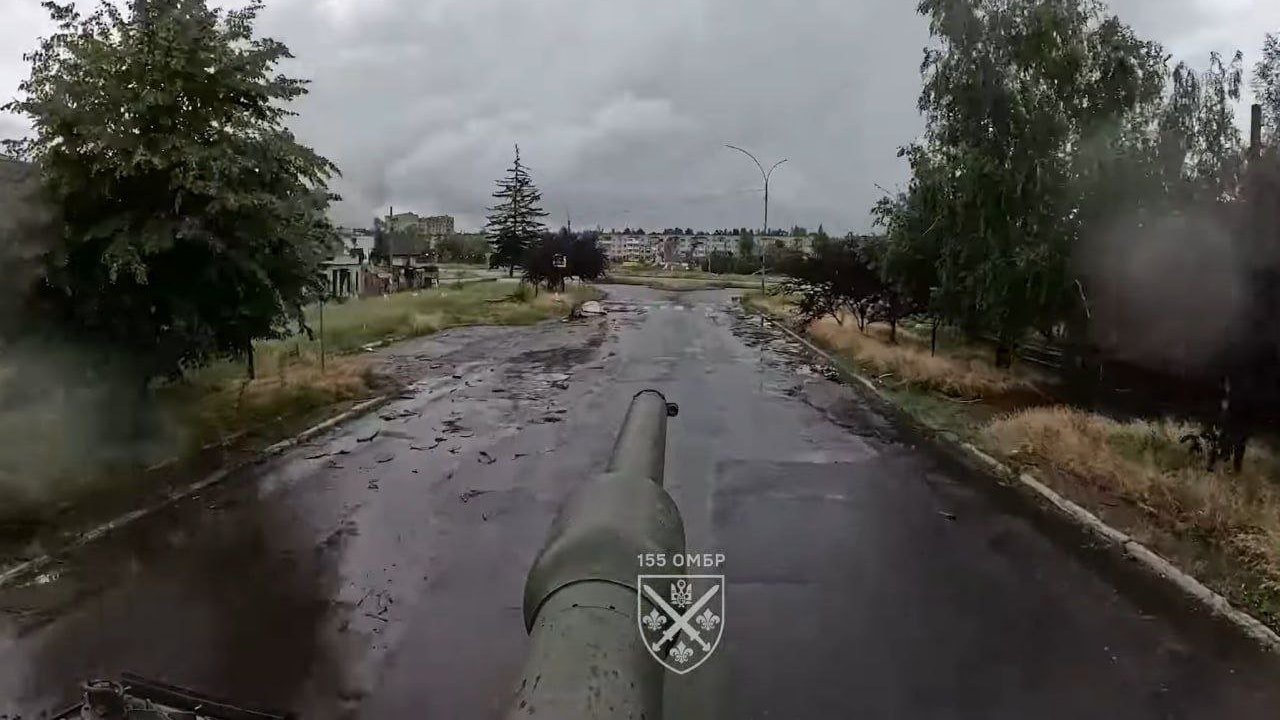
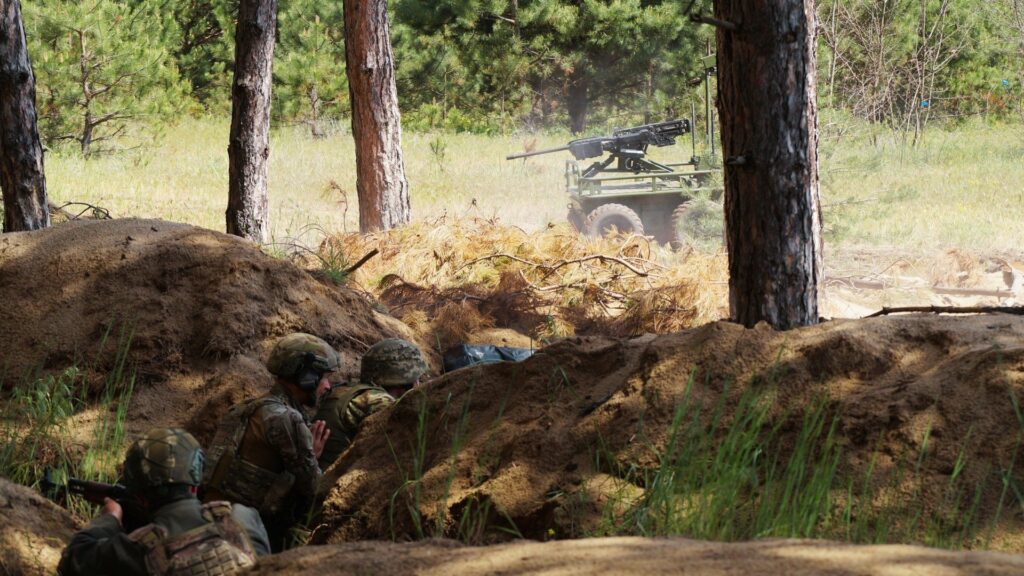
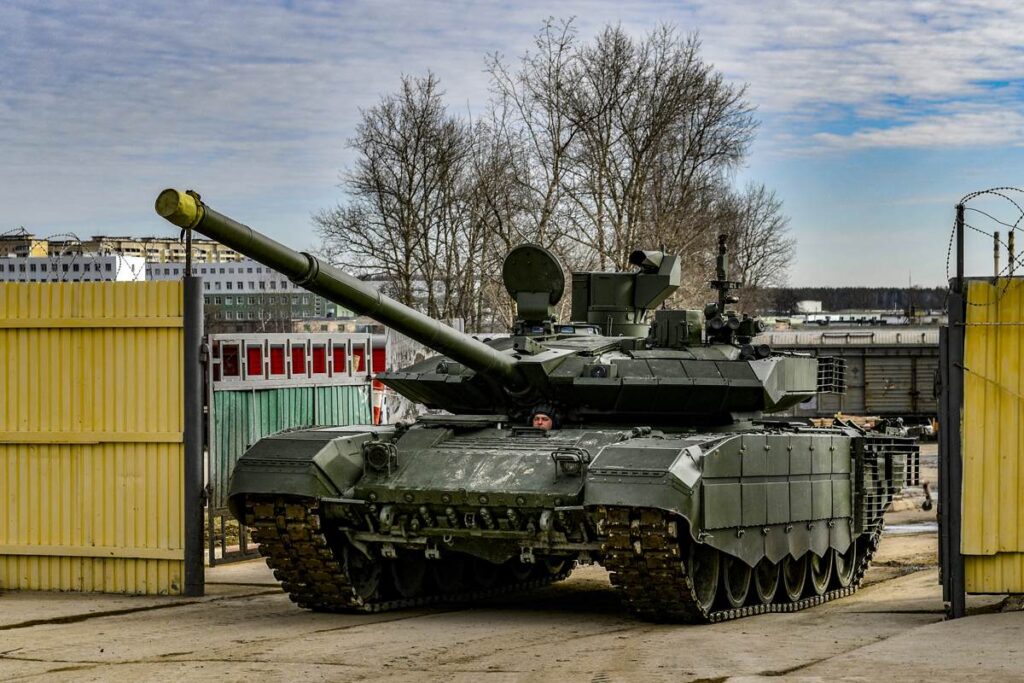


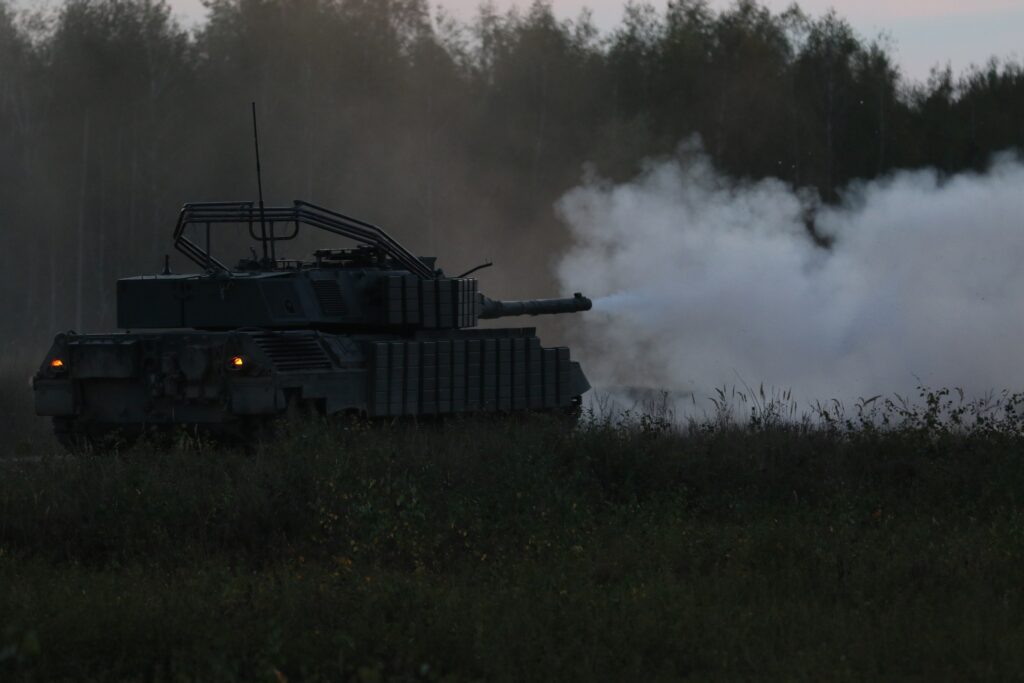

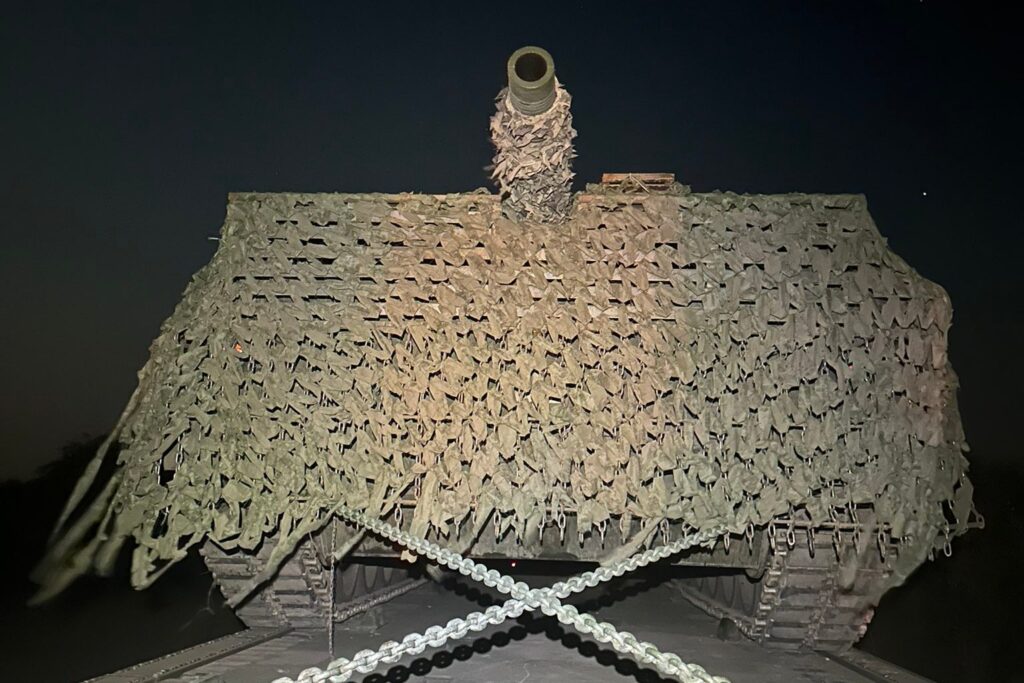

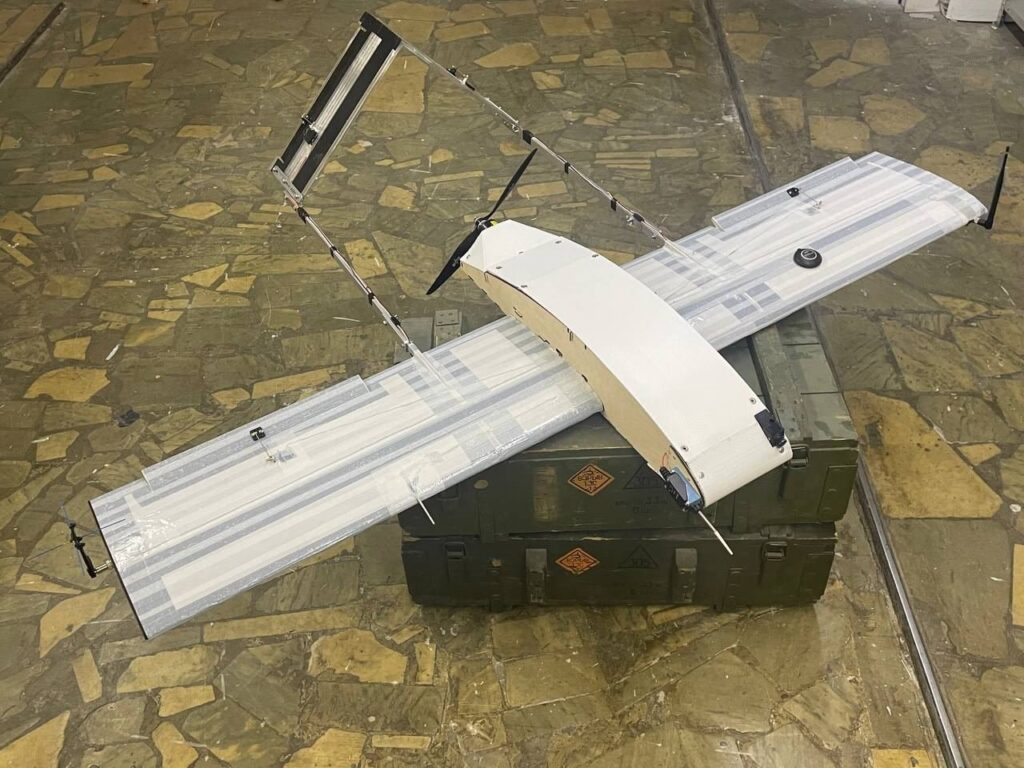
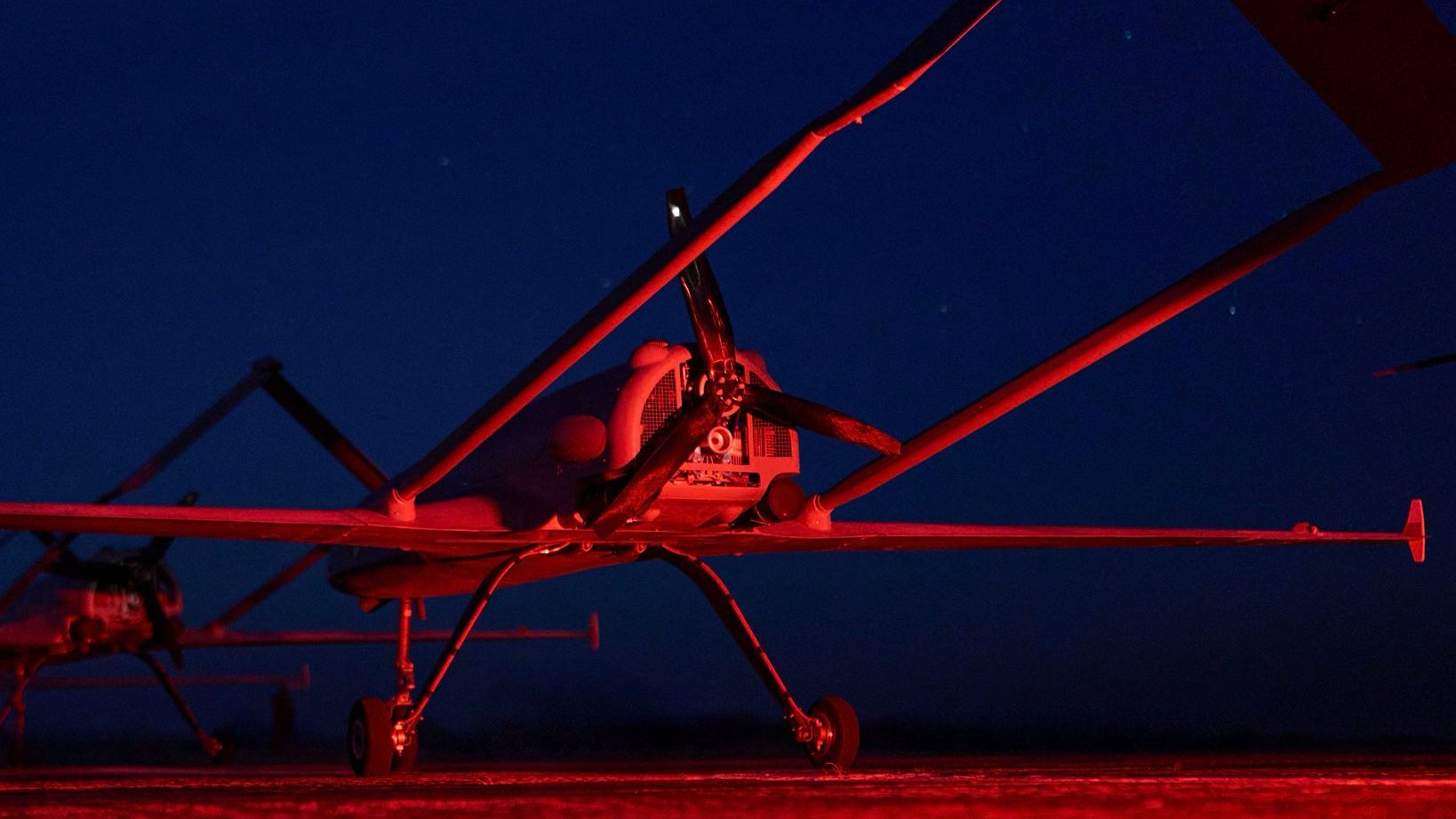
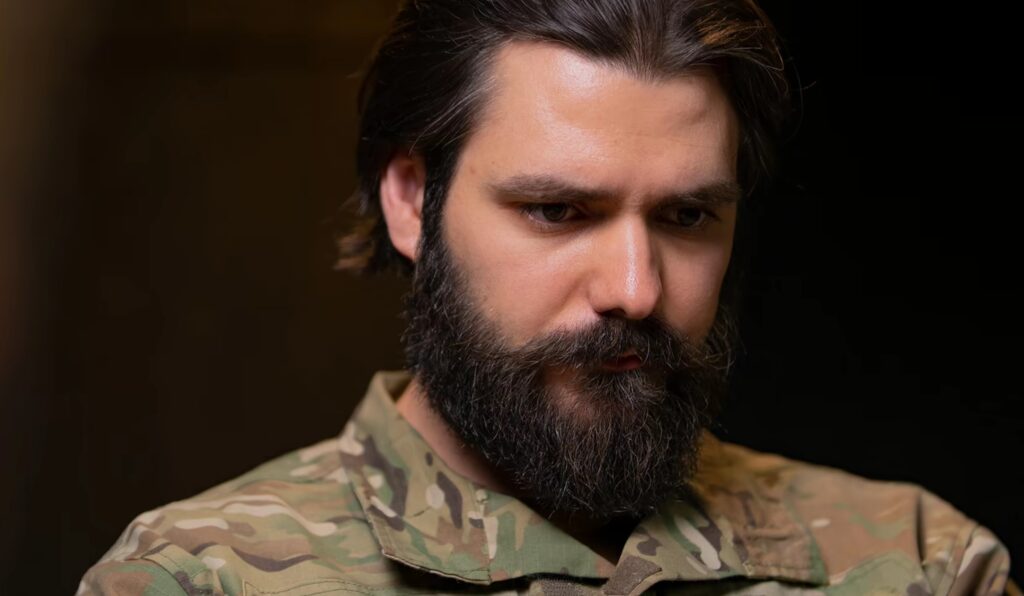
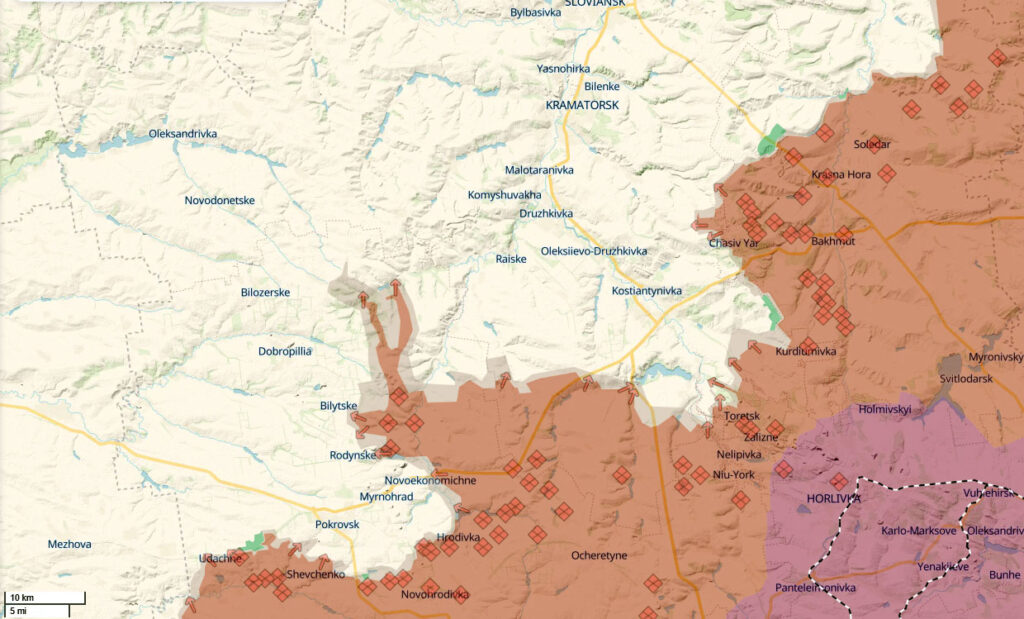
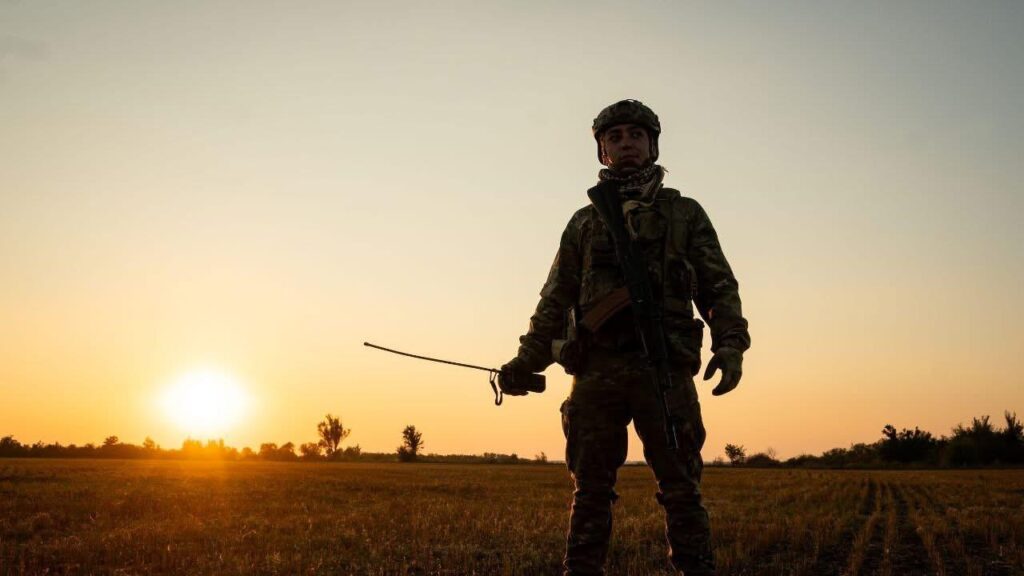

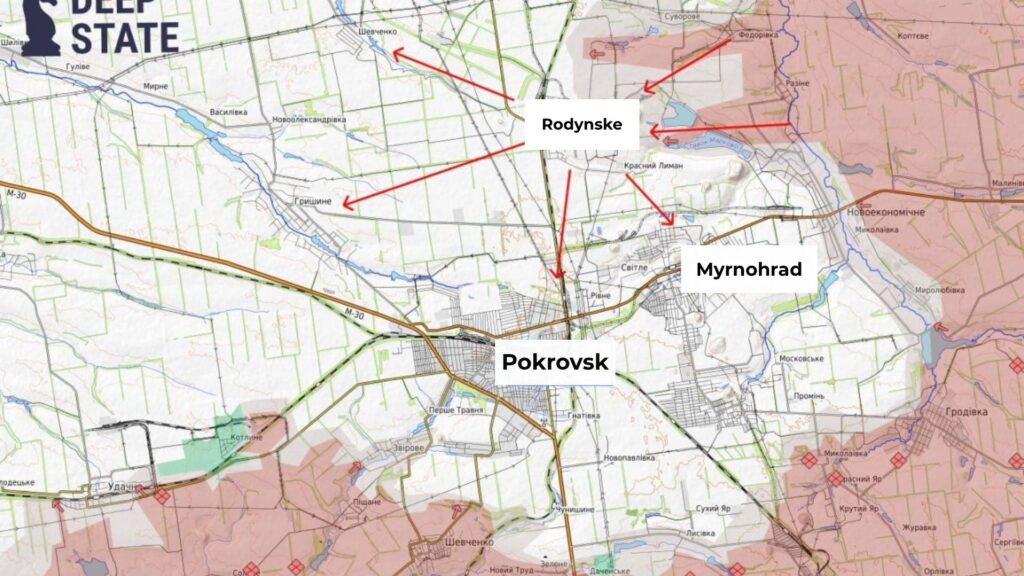

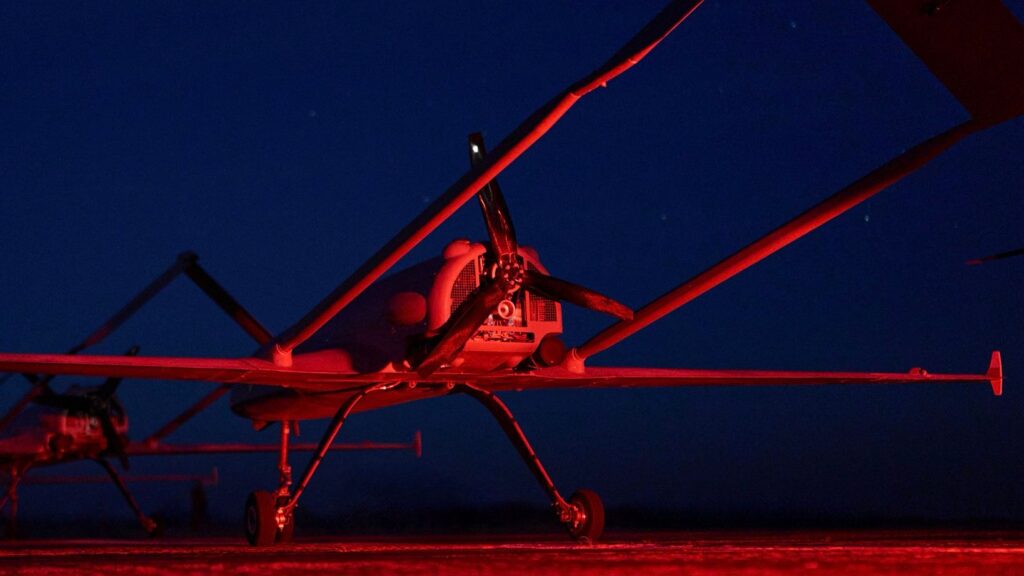

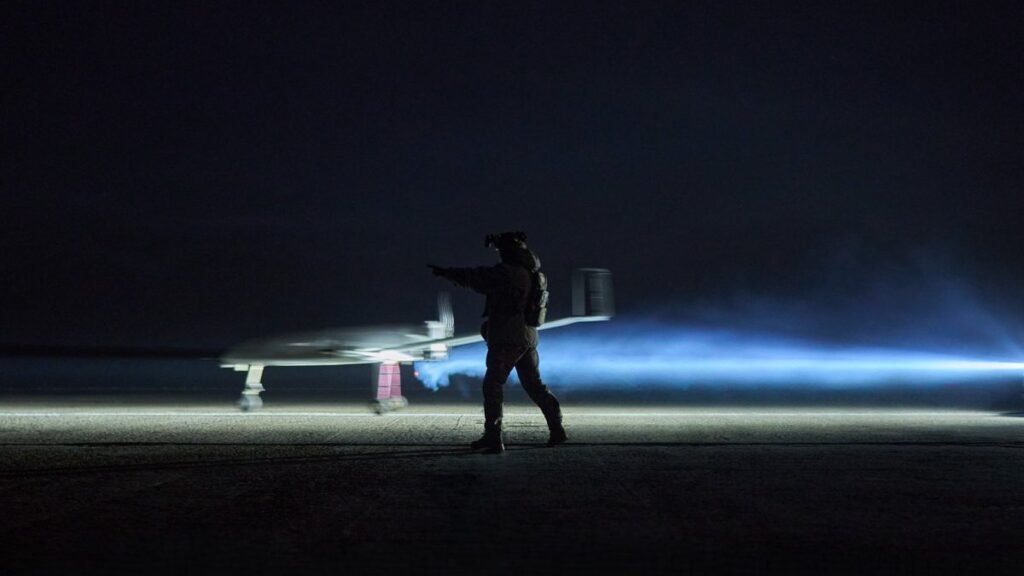
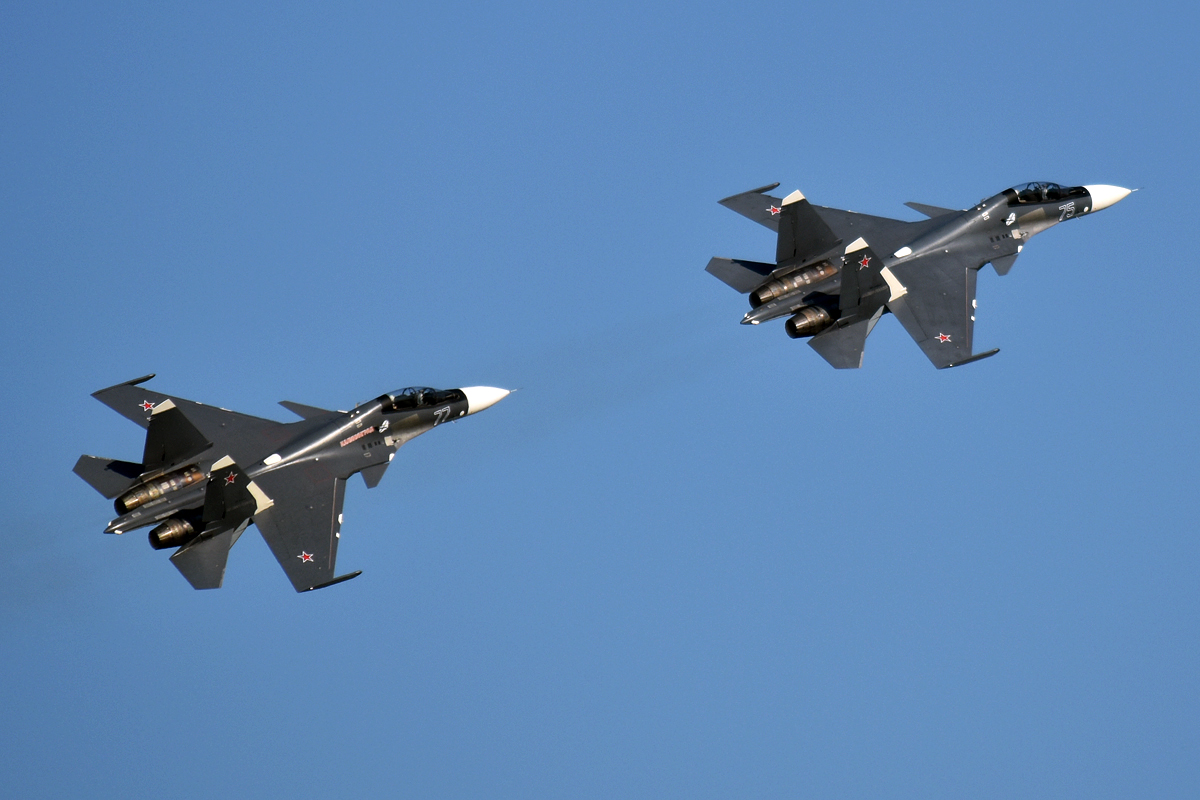
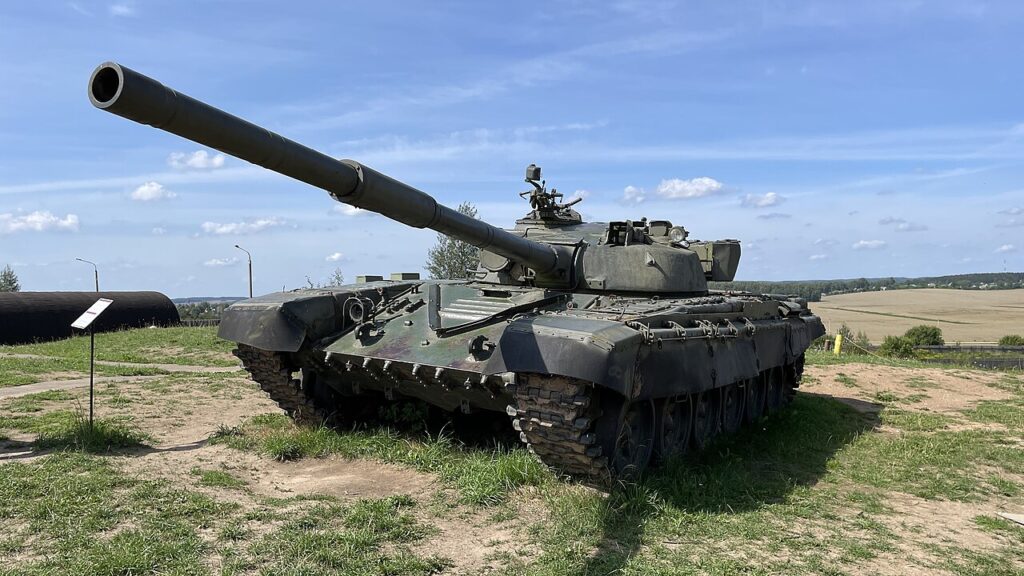
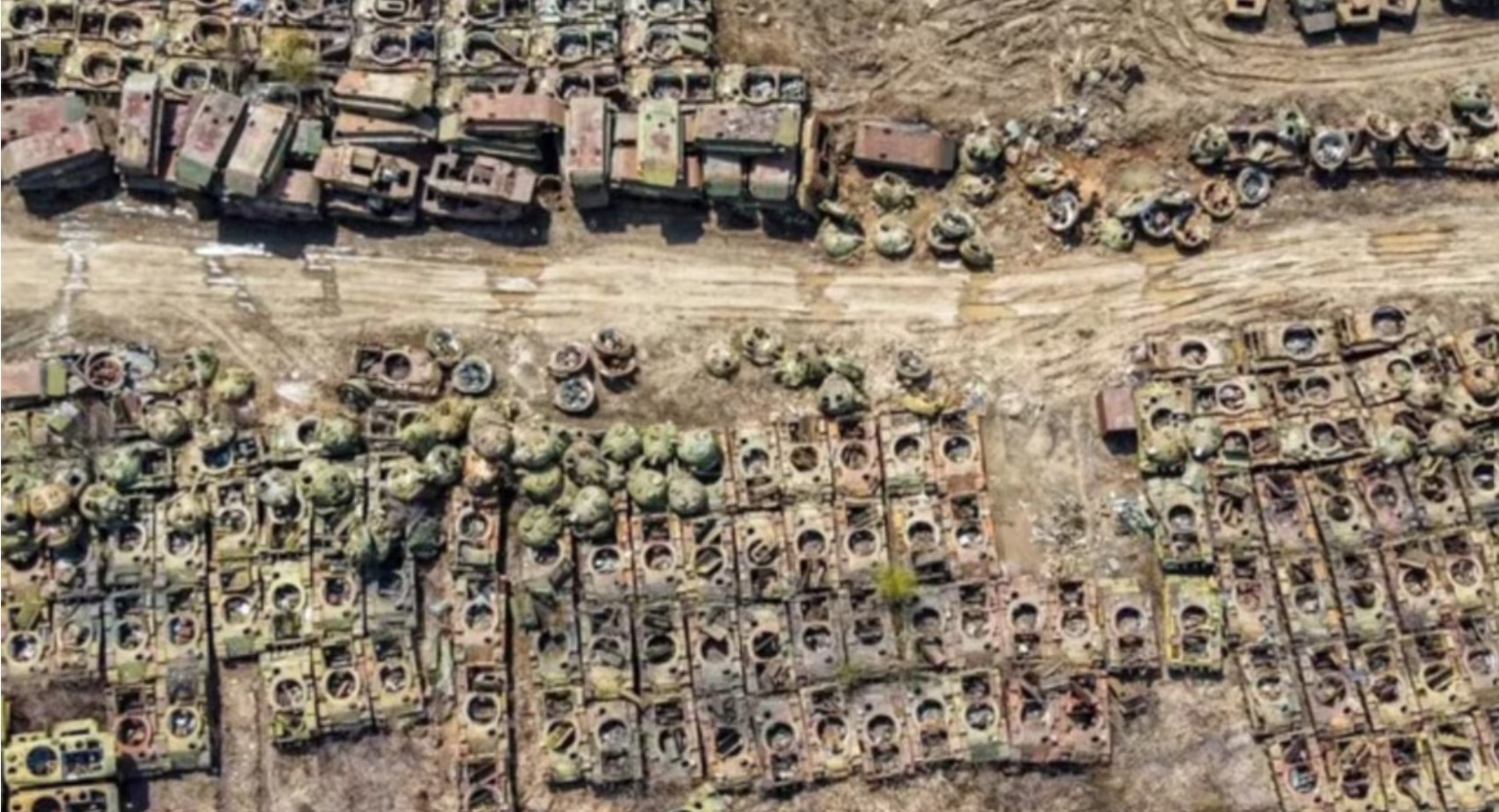

 Satellite images of
Satellite images of  Vorkuta Airfield as of August 2, 06:58 UTC
Vorkuta Airfield as of August 2, 06:58 UTC